A trip back to the 1990s & earlier.
Remembering pioneering vegans.
With links to great ‘sources’ for folk who like to go deeper!
Firstly – a circa 1993 vegan leaflet by Kathleen Jannaway
Note – the black text is all Kathleen’s – the original leaflet was only text – the images we have selected / added.
“THE HEALTH OF VEGANS”
When, in 1944, a small group of vegetarians became aware of the animal suffering inseparable from the dairy industry and decided to cut all animal products from their diet, their fellow vegetarians did not approve! They feared that deterioration in health would follow and bring disrepute on the whole vegetarian movement. Their fears proved groundless. A properly constituted vegan diet is now recognised, by all who have studied its effects, as not only adequate but in some ways superior to those with animal products. It is obvious that it must be superior to those involving products from cruelly abused factory farmed animals that are improperly fed and highly medicated to suppress disease symptoms.
Founded in 1996, the Vegan-Organic Network, VON, is a UK registered charity with an international network of supporters.
“If I’ve done anything in my life I am really proud about, it is the number of people who’ve gone over to veganic growing following our example. They write to me to say that they’ve only got a small garden or patio, but now they are producing at least some of their own food”. – Kathleen Jannaway
For optimum health, nutrients need to be available from a wide variety of plant foods, freshly gathered from soils free from artificial fertilisers and uncontaminated with pesticides, herbicides and fungicides. A good proportion should be eaten raw. Factory processed foods, preserved, tinned, packaged with various additives to prolong shelf-life, and often transported long distances, should, as a general rule, be avoided. They adversely affect the health of both humans and the planet.
 “Painted Pony” dry bean (Phaseolus vulgaris) – picture reduced in size – © Travis K. Witt
“Painted Pony” dry bean (Phaseolus vulgaris) – picture reduced in size – © Travis K. Witt
PROTEIN: Nutritionists no longer describe proteins from animals as ‘first class’ because they approximate to those of human tissues: this sort of reasoning can lead to the feeding of cows with sheep brains and the consequent BSE tragedy. Now a right balance of amino acids, the building blocks of proteins, is recommended.
½ tin reduced sugar/salt baked beans. Slice wholemeal toast. Pinch cumin – Viva!’s vegan recipes
If a minimum intake is recommended for reasons of economy of resources, eating a cereal, which is high in the amino acid methionine but low in lysine, with a bean, which has the opposite balance, helps this. It is interesting that subsistence farmers in traditional systems usually grow a cereal and a bean or pea. This probably came about because it was observed that pulses, which have nitrogen-fixing bacteria living in their roots, add to the fertility of the soil. The human health advantage was fortuitous – as is the popularity in our culture of beans on toast!
Generally, in most dietary systems, if enough food is eaten there will not be a protein deficiency. However, if enough energy providing food is not eaten, protein – which is more expensive to produce – will be broken down to give energy and its body building properties will thus be lost.
Schematic of photosynthesis in plants. The carbohydrates produced are stored in or used by the plant. At09kg
ENERGY comes from the sun and is made available to animals by the photosynthesising function of green plants. In the presence of sunlight the plants take in carbon dioxide and synthesise sugars, often changing them to starches and fats for storage.
The amount of energy foods needed varies considerably with individuals and according to their activities. Taken to excess, especially in the form of extracted sugars and fats, they lead to obesity and other ills. Fat intakes have been found to be generally lower in the vegan diets investigated and this is considered advantageous. It has recently been suggested that vegans should use soya and rape oils as well as sunflower and safflower. The variety of rape being recommended for growth in the UK is now free of the ingredient that once brought its oil into disrepute. Most vegetable fats are high in polyunsaturates; exceptions are palm and coconut.
Plamil began as a sub-committee of the Vegan Society; then called the Plant Milk Society. The Plant Milk Society was looking into plant based alternatives to dairy milk. Arthur Ling is looking at the camera – Adrian Ling is standing to his left. source
VITAMINS, i.e. items essential for healthy body functioning, can, with the exceptions of vitamins D and B12, be obtained directly from plants. Vitamin D is synthesised in skin exposed to sunlight, but humans evolved in the tropics, so for those living in climes with long winters and unable to take enough exercise in the sunlight, a dietary source may be necessary. The vitamin is now synthesised in laboratories. Vitamin D2 is the type that has been made without the use of any animal products. It is added to vegan margarines and superior soya milks such as Plamil (which also has B12). These are justifiable processed foods because they meet genuine need.
Methylcobalamin is a form of vitamin B12. (Steven B. Harris)
Vitamin B12 is essential for the health of every cell in the body. Women of childbearing age should be especially careful to get enough in order to avoid damage to any developing foetuses. B12 is synthesised by micro-organisms widely active in the environment. It is abundantly produced in the human colon but cannot generally be used from this source because it is too far from the ‘intrinsic factor’, secreted by the stomach, with which it has to be bonded. Elderly omnivores, with plenty of B12 in their diet from animal tissues, sometimes suffer from B12 deficiency because their stomachs no longer secrete the necessary bonding chemical. They have to have B12 injections. Warning signs of B12 deficiency are swollen tongues and nervous tingling of extremities. General nerve degeneration could follow. This is easily treated in the early stages but, if neglected, could lead to death.
Everybody needs regular, reliable sources of vitamin B12. The Vegan Society
B12 is now produced in laboratories from bacteria grown on plant material. This is added to many vegan foods. A teaspoonful daily of thus fortified yeast extract should give an ample supply. Yeast extracts are also rich in other B vitamins and are useful to flavour savouries, thus obviating the need for adding salt. Too much salt in the diet can be a hazard, especially for those with high blood pressure.
Soil, Northern Ireland. HolgerK
MINERALS. These come from the soil and are made available in all diets through the medium of plants, either directly or unnecessarily “second-hand” from animals. Concern is sometimes expressed by those approaching veganism about possible insufficiency of calcium and iron.
Full of Calcium! A bundle of collard greens, from an organic food co-op. Evan-Amos
CALCIUM – for strong bones, especially important for young children, adolescents and lactating women. Good vegan sources are dark greens, nuts, haricot beans, figs. Vitamin D is necessary for calcium utilisation. Osteoporosis in elderly women is partly due to genetics and also to hormonal changes. Exercise and sunlight are important at all ages. As regards human diet, cow’s milk is unnecessarily high in calcium. It evolved to meet the needs of calves, large boned creatures that mature in two years. There is only one food that is correct for human babies – human breast milk. Nearly all mothers can breast feed given the right help and encouragement. Fortunately this is being given in the UK now much more than it was a few decades ago. In the Third World, substitutes based on cow’s milk are still being actively promoted by companies like Nestlé, out to improve profits. Often the mothers cannot afford to buy enough and do not have the facilities to prepare it hygienically, so the babies suffer not only malnutrition but also disease.
Allergy to cow’s milk is widespread, especially among children, and can give rise to eczema, asthma, tonsillitis and gastro-intestinal disturbances. Among adults, “dairy products have been implicated in the causation of atherosclerosis and coronary heart disease, major causes of death in Western cultures. A causal link is not proven, but milk fats can raise blood cholesterol levels and may thus cause atherosclerosis; milk protein may cause an immune reaction that damages blood vessel walls. Milk free diets have been shown to be of benefit in the treatment of some heart patients. Cow’s milk contains low levels of many toxins and chemicals, such as pesticides, anti-biotics and teat disinfectants.”
Uploaded by Ahura21
IRON. Good sources of iron are dark greens, nuts and whole cereals. Utilisation is said to be more difficult from plant than from animal tissues, but is aided by vitamin C – which is high in the diets recommended here.
High Fibre Veggies
FIBRE, absent from meat and dairy products, is high in the vegan diet. It is now recognised as protective against hardening of the arteries, coronary heart disease, diabetes mellitus, diverticulitis and cancer of the colon.
Thanks to Joshua Wold for the use of this image. You can purchase it on his website.
The best vindication of veganism is the obvious good health of vegans, especially those who have been vegan since birth and the elderly people who have been on the diet for decades. This has been corroborated by much scientific investigation.
http://www.pcrm.org/
In 1991, a 3,000 strong doctors group in the US, “The Physicians’ Committee for Responsible Medicine” recognised the importance of the success of the vegan experiment. They recommended that the conventional grouping of necessary foods should be changed from meat, grains, dairy products, fruit and vegetables to fruit, grains, vegetables and legumes. They stated that “the typical Western diet, high in animal fat and protein and lacking in fibre, is associated with increased risk of cancer, heart disease, obesity, diabetes and osteoporosis.”
Delicious Chinese peasant food! Chinese legends attribute the domestication of millet to Shennong, the legendary Emperor of China. Uploaded by Dlanglois
Even more encouraging are the findings of an investigation involving many thousands of people in 130 villages through China. Most people in China, except the nomads of the far north, are vegan or nearly vegan, and have been so for generations, simply because there is not enough land for them to be anything else. The investigators were much impressed by the health of the peasants, especially by the absence of coronary diseases, anaemia and osteoporosis.
It needs to be emphasised that the vegan food of the Chinese peasants was locally grown by hand labour and without artificial fertilisers and pesticides. Hence it was different from the “animal free products” now on our supermarket shelves. Moreover, it must be admitted that it is excesses of typical Western diets that can cause diseases.
1970s Vegans – the 1976 – BBC2 & The Vegan Society in the Open Door series.
The early vegans were motivated not by concern for personal health but by disinterested compassion for cruelly exploited animals. It is now becoming clear that the health of the planet and all the creatures on it depends on phasing out the livestock farming that vegans have proved to be unnecessary and giving the vast acreages and resources thus released to trees. A future for our children depends on RESTORING THE FORESTS WORLDWIDE.
Kathleen Jannaway
Note –
We celebrate China’s ‘peasant’ vegetable farmers.
Peasant – a peasant is a member of a traditional class of farmers, either laborers or owners of small farms, especially in the Middle Ages under feudalism, or more generally, in any pre-industrial society.
Etymology – The word “peasant” is derived from the 15th century French word païsant, meaning one from the pays, or countryside; ultimately from the Latin pagus, or outlying administrative district. more
Although accounting for only 10 percent of arable land worldwide, China produces food for 20 percent of the world’s population. more
………………………………………………………………………………………………………
“ABUNDANT LIVING in the coming age of the tree.” – another of Kathleen’s leaflets
A TREE BASED CULTURE
Physically the new order will depend on the trees and socially on village communities functioning with respect, love and mutual service. Richard St Barbe Baker wrote of it thus:
I picture village communities of the future in valleys protected by trees on the high ground. They would have fruit and nut orchards, live free from disease and enjoy leisure, liberty and justice for all living with a sense of oneness with the earth and all living things. The accomplishment of this will assure, not only the perpetuation of the forests through intelligent use, but also the regeneration of the very spirit of man. (St Barbe Baker 1970)
The great advantage of the tree based culture is that trees of carefully selected species can be grown in most habitable areas of the world to meet human needs locally in a sustainable manner. Apart from the enormous saving of the fuel, labour and materials that now transport goods backwards and forwards across the world, such local resources will facilitate the functioning of self reliant village communities. Such communities will be large enough to provide sufficient reserves of human skills and enlightenment for the whole to function smoothly, and small enough for each individual member to feel that he or she has an essential part to play in the whole, that her or his contribution is valuable and valued. Face to face democracy will function, with decisions affecting the village community reached by consensus.
Kathleen’s particular strength was in linking the compassionate desire to avoid animal products with rational use of the world’s resources. This led to Kathleen and her husband Jack forming The Movement for Compassionate Living – here.
Kathleen worked closely with Richard St. Barbe Baker.
………………………………………………………………………………………………………
Our Projects
The Henry Salt Archive is one of our, almost completed, projects.
The Humanitarian League is our Hong Kong registered charity.
The Ernest Bell Library was conceived in 1934. It is still strong & active eighty years later
The goal of our library project is to share our history with as many people as possible.
………………………………………………………………………………………………………
“A people without a history is like a tree without roots.”
April / May 2007 – Satya
Q) Colleen Patrick-Goudreau – You use the phrase “historical amnesia” to refer to the fact that contemporary animal activists—and society as a whole—know nothing of the legacy of animal activism in the U.S. What are some of the effects of having “historical amnesia”? Why is it so important to know our legacy?
A) Diane Beers – Animal advocacy has an amazing history, yet it is essentially an untold story. African American activists will often say, “A people without a history is like a tree without roots.” Indeed, if activists don’t know the history of their cause, they can have no sense of their movement’s struggles, long-term strategies, achievements and heroes. In addition, they can’t promote their long impressive movement to the public, and their opponents—the meat industry, medical research industry and the government—will fill the void. They have been the ones most aggressively and successfully constructing negative images and outright myths of animal advocacy that the public often believes.
………………………………………………………………………………………………………
1972 Plamil Ad
………………………………………………………………………………………………………
If anyone would like more information, please send an email to: –
humanitarianleague (at) outlook (dot) com
– or message me through HappyCow –
https://www.happycow.net/blog/author/JohnnySensible/
………………………………………………………………………………………………………
If you are a Tweeter, please consider sending this post out to your friends.
Thank you!


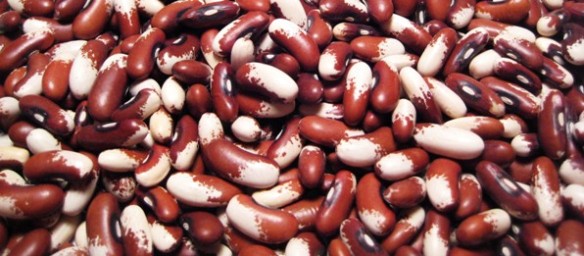
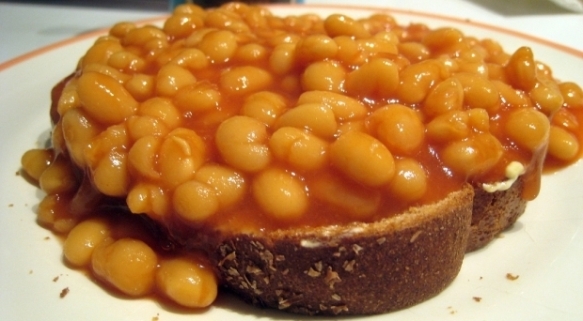
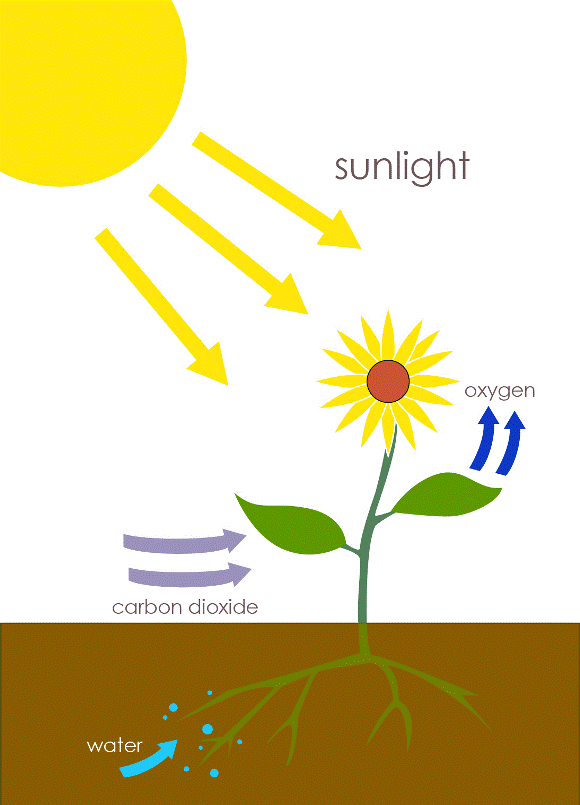
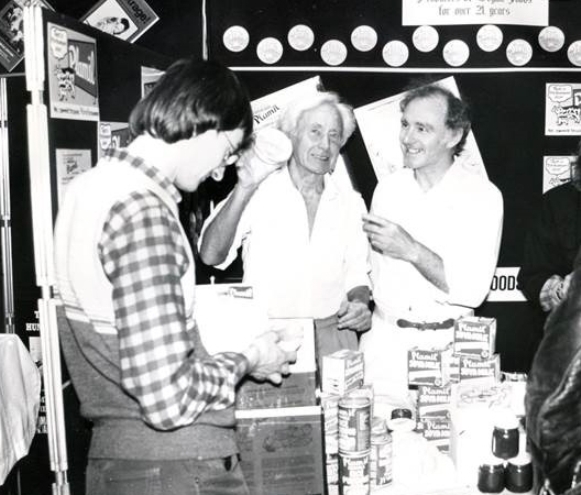
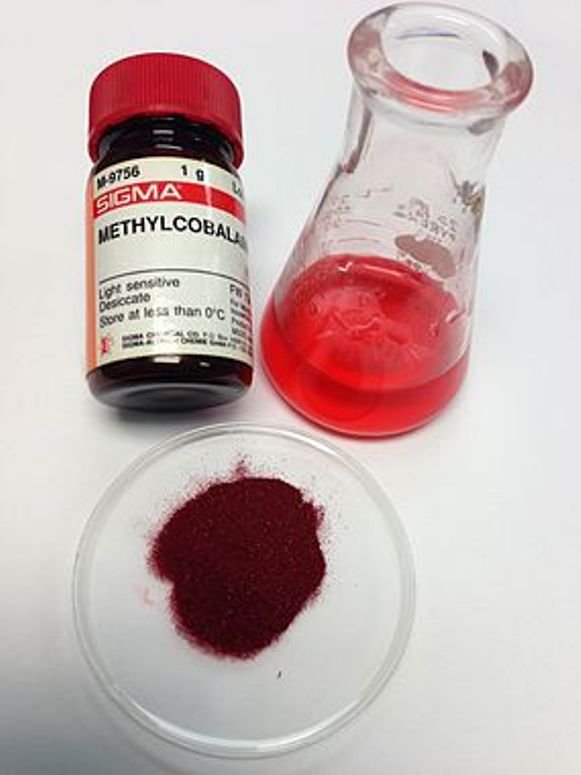
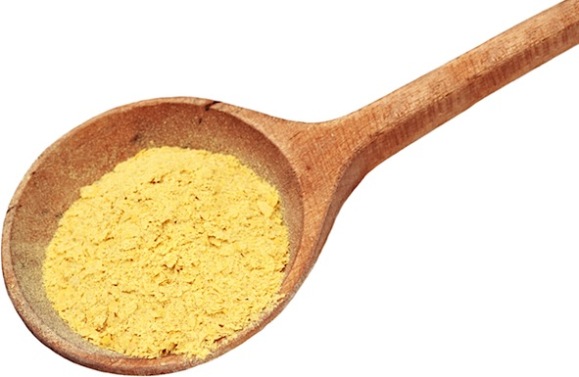




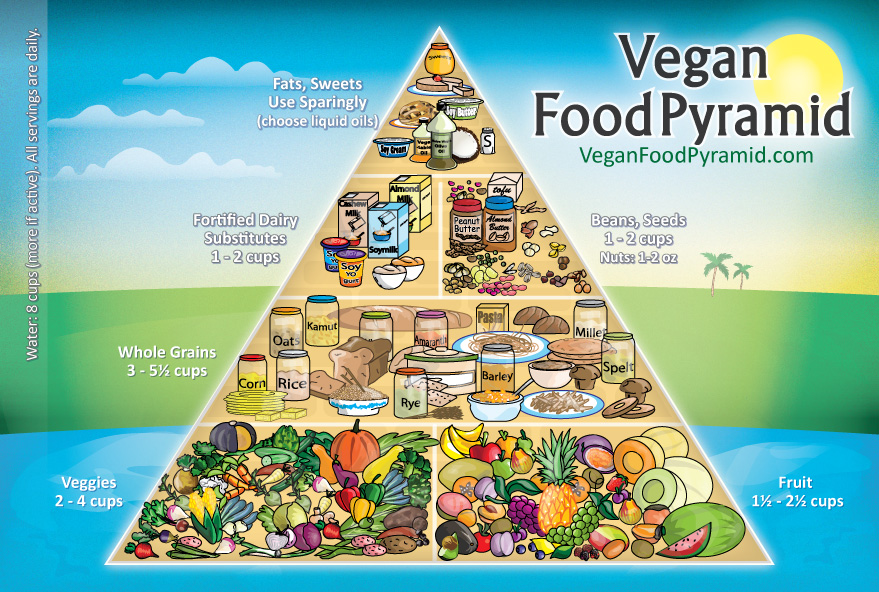










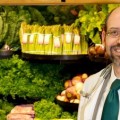

No Comments